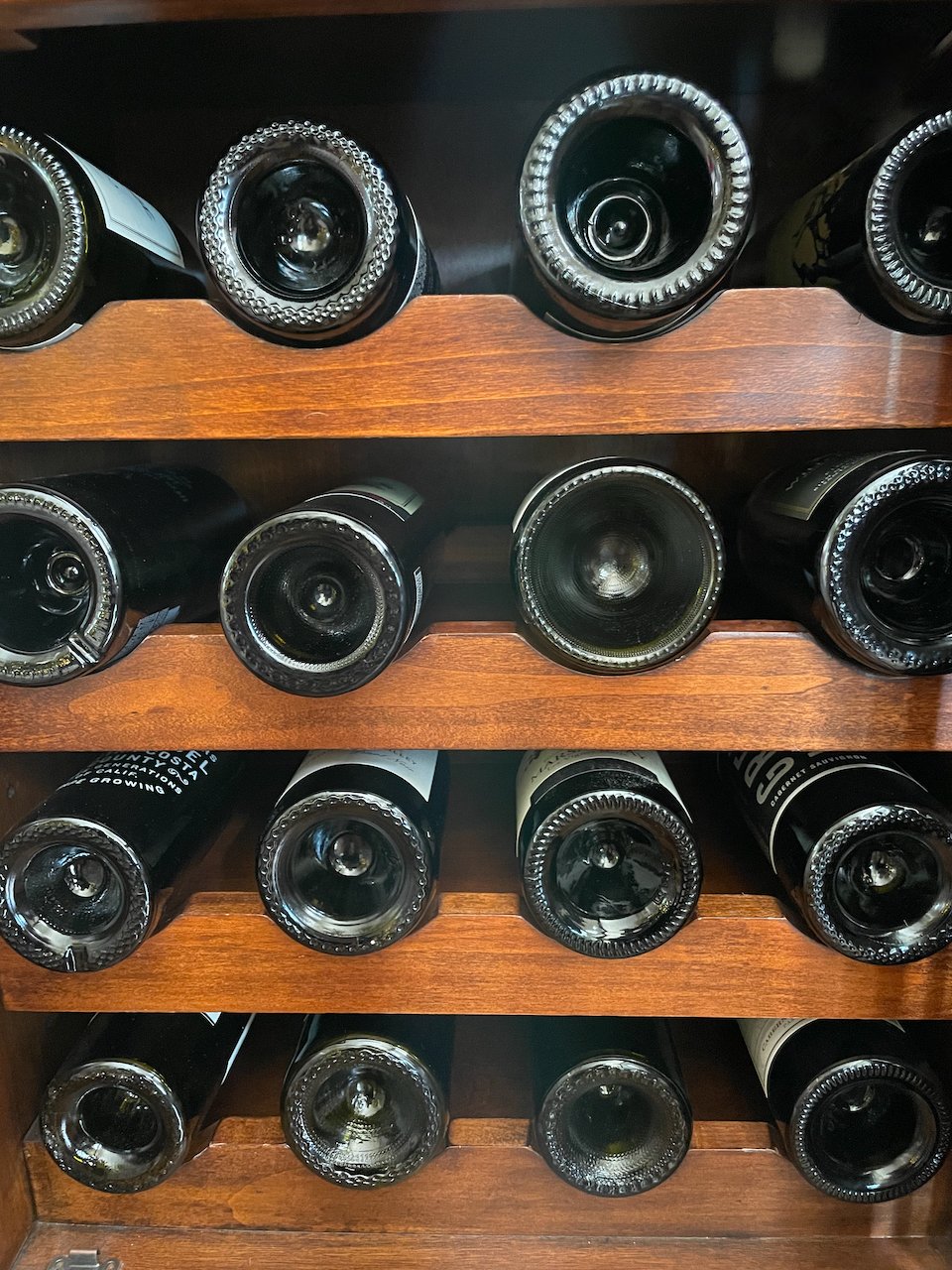Have you ever taken a sip of red wine and noticed that your mouth feels dry or dusty? Almost that ‘cotton-mouth’ feel? Well, that is a sensation that is associated with red wine. Some red wines.
The dry sensation is due to the wine being astringent and its effect on the tissue in your mouth. Some people have also described the sensation as making their mouth pucker.
The culprits that causes this drying sensation in your mouth are actually chemical compounds (phenolics) that naturally occur in tannin. And in wine, these tannins come from the grape’s skin, the seeds and the stems.
Now, this is where we get to why red wines dry out your mouth but white wines don’t. White wines actually do contain low levels of tannin, but red wines contain a whole lot more tannin. That’s because the process used in making red wines involves leaving the grape skins, seeds and stems in the juice of the grape while in white wines, they are immediately removed.
But, not all red wines have the same levels of tannin. Pinot Noir is a varietal that has low to medium tannin. A Malbec is going to have medium tannin, while Merlot is going to have medium-high tannin. Then we get to the high tannin wines — Sangiovese, Tempranillo, Zinfandel, Petite Sirah and Tannat. What about Cabernet Sauvignon? Well, although you think of a Cab as having high astringency, it’s typically in the medium-high category.
So, tannin just naturally gets introduced during the wine making process. But, there are ways to deal with highly tannic wines. And, we’ll get to those next time. Until then, “Cheers!”




